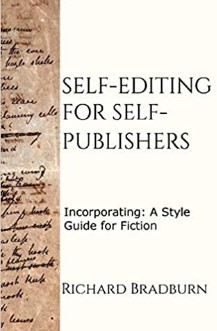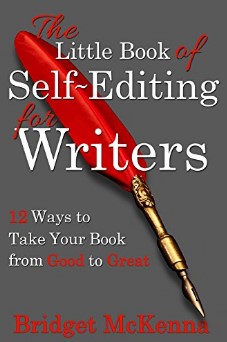As an author, self-editing your work is a crucial skill that allows you to refine and elevate your narrative. It empowers you to shape your draft into a polished masterpiece. Here’s a guide to the vital elements you should consider while editing your own fiction.

Excerpt from a recent story by a Writer’s Pen member
Immerse Yourself in the Setting
The setting is a vital aspect of your narrative. Ensure that it is consistently and vividly portrayed, providing a rich backdrop that complements the story and characters.
Stay Focused on Your Story’s Purpose
Every story should serve a purpose. Make sure that all elements of your story—plot, characters, dialogue—contribute towards achieving this goal.
Question the Relevance of Every Element
Each scene, character, and plot point should serve a meaningful role in your story. Trim any extraneous elements that don’t contribute to the narrative or character development.
Fact-Check Your Work
Accuracy matters, even in fiction. Ensure that the ‘facts’ within your story’s universe are consistent and believable. This is especially crucial if you’re writing within genres that demand more precise details like historical or science fiction.
Fill in the Gaps
Identify any plot holes or incomplete character arcs. Work on these areas, ensuring that your story is seamless and complete.
Maintain a Consistent Perspective
Whether you’re writing in the first, second, or third person, consistency is key. Make sure your chosen perspective enhances the story and remains constant throughout the narrative.
Identify Your Story’s Key Sections
Your story should follow a clear structure—typically setup, confrontation, and resolution. Ensure these sections are balanced and form a coherent narrative arc.
Analyse Your Narrative Structure
Consider whether the narrative structure you’ve chosen supports your story effectively. Make adjustments if necessary to keep your readers engaged.
Ensure Smooth Reading
Your prose should flow with an effective rhythm. Pay attention to sentence construction, word choice, and overall readability.
De-Clutter Your Narrative
Remove unnecessary details, superfluous descriptions, or repetitive information. Streamlining your narrative will make it more impactful and enjoyable for your readers.
Evaluate Your Beginning and Ending
The first few lines of your story should immediately capture the reader’s interest, while the ending should leave them satisfied. Don’t hesitate to revise these sections until they hit the right note.
Make Your Narrative Evocative
Utilise imagery, metaphors, and sensory descriptions to enrich your narrative. These tools can help your story resonate with readers on a deeper level.
Introduce Your Characters and Settings Clearly
Ensure your characters and settings are introduced comprehensively and clearly. Give your readers enough information to visualise your story’s world and its inhabitants.
Check for Mechanical Errors
Ensure your work is free from spelling, grammar, and punctuation errors. These are vital for readability and professionalism.
Look Out for Typos
Typos can slip past even the most careful writers. Thoroughly proofread your manuscript to catch and correct these errors before your readers find them.
Read Out Loud
One of the most effective ways to spot awkward phrasing, redundancies, and rhythm issues is to read your work aloud. Listen to your words to ensure they flow as smoothly off the tongue as they do in your mind.
Conclusion
Remember, self-editing is an iterative process. Don’t be disheartened if your first draft isn’t perfect. With careful review and thoughtful edits, your story will gradually take shape, ready to captivate your readers.
Disclosure: This post contains affiliate links. I may earn a commission at no extra cost to you if you decide to make a purchase. Recommended for their value to you.


